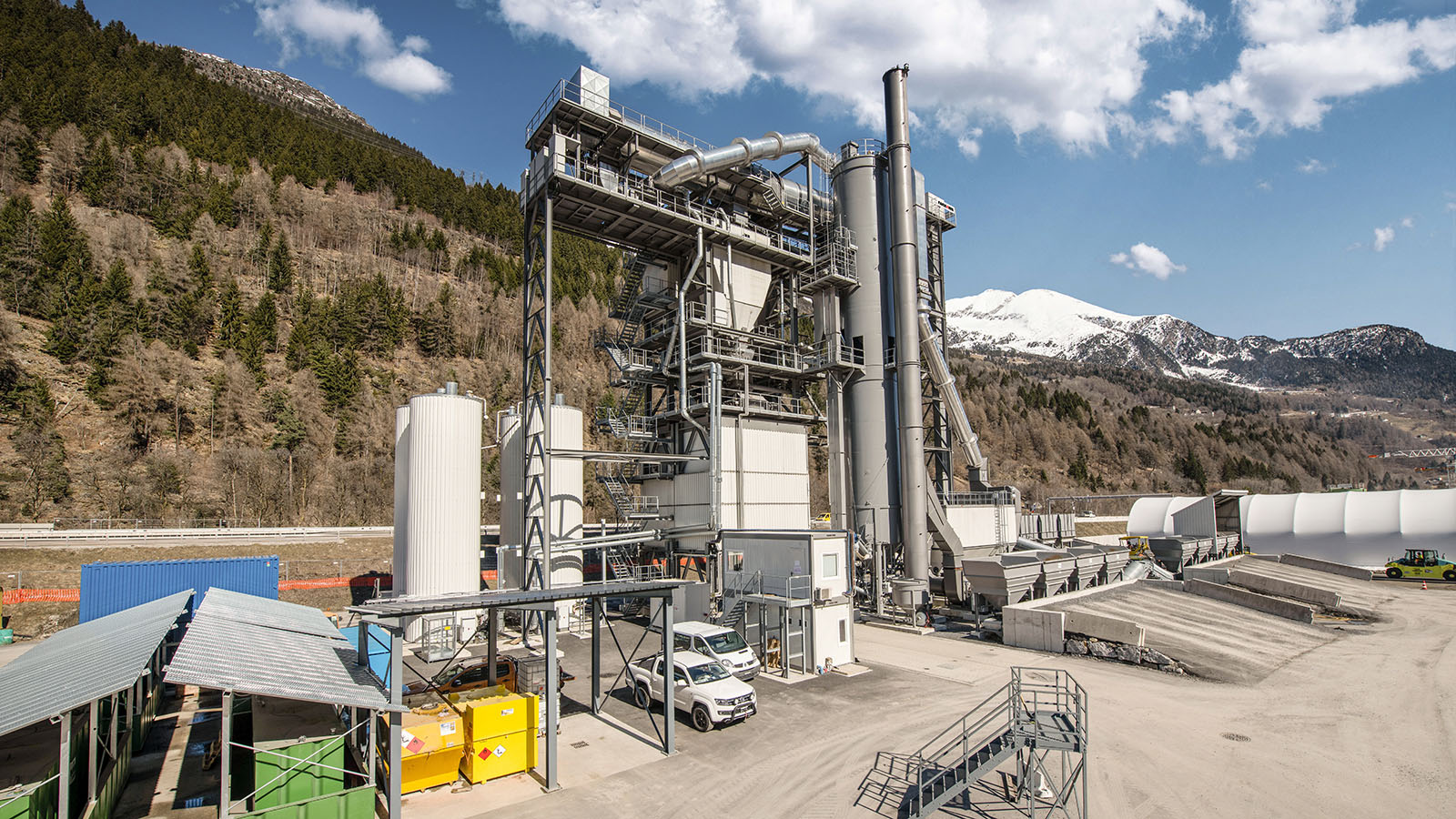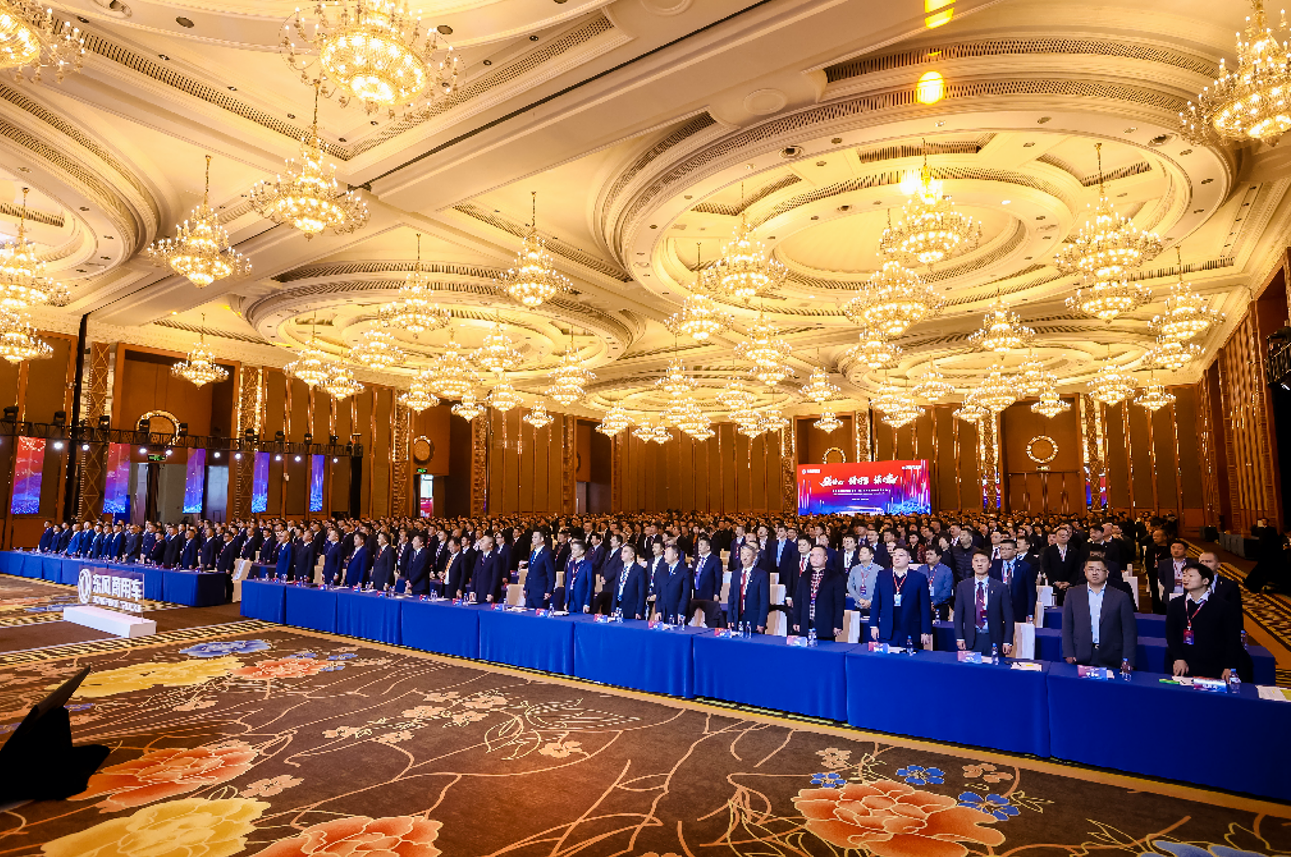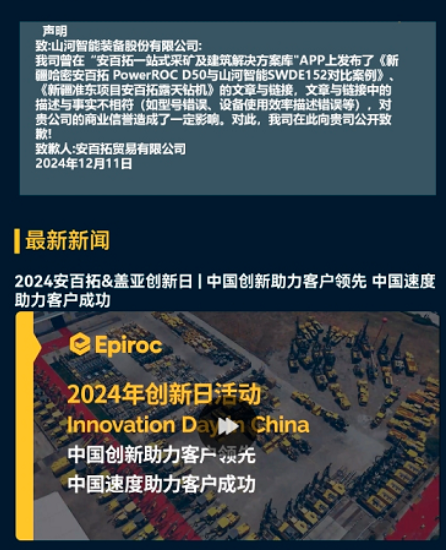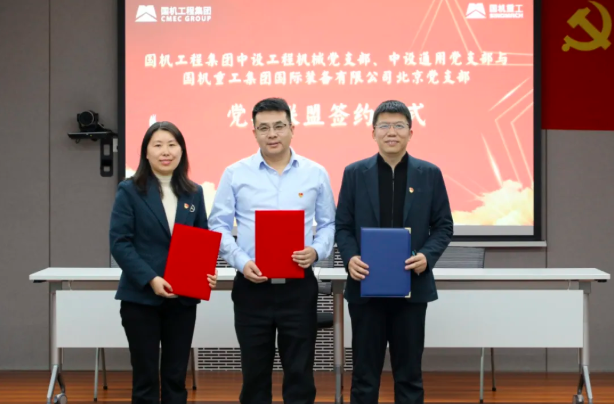
SWISS MOTORWAY MAXIMISES ON-SITE RECYCLING
Renovating a section of the Swiss N2 Motorway required an unconventional, creative approach.
The motorway is the north-south connection from Basel to Chiasso. South of the well-known Gotthard Road tunnel, the 10-km, four-lane section of motorway is currently undergoing a complete renovation that will be completed in 2022. The total cost of the project is CHF 250 million (EUR 236 million).
The existing road base consists of material created during the excavation of the Gotthard tunnel. That aggregate has a fine-grain content of more than 8 per cent and is therefore not frost-resistant. In addition, the existing asphalt structure required reinforcement to handle today’s heavy loads.
The current project includes many nods toward sustainability. The aim of the Federal Roads Office (Astra), the project’s owner and builder, is to ensure that the existing materials can be processed on site and reused in the new mix.
The use and transport of materials was a key consideration during project planning.
Enormous masses and distances
Planners calculated the following quantities of materials would be required for rebuilding the N2 section:
– 55,000 tonnes of gravel
– 119,000 tonnes of reclaimed asphalt from the construction site
– 21,000 tonnes of reclaimed asphalt from other construction sites
– 256,000 tonnes of asphalt for placement
These material quantities would require 25,000 Truck journeys. That was itself a substantial number, and it became more problematic when considering that a high-performance Asphalt Recycling Plant was required – and the nearest such operation was 70 km from the jobsite.
Traveling between that plant the jobsite would have created some staggering numbers. For starters, 25,000 Truck journeys of 70 km would equal the distance of roughly 50 trips around the centre of the earth.
Distance wasn’t the only challenge. The Trucks would have to travel to the jobsite either via the motorway itself or a cantonal road. Each had problems. The motorway has such high traffic volume, even without construction, that traffic jams occur frequently, especially on summer days. The passage of the mix trucks would therefore not be guaranteed and cycles impossible to calculate.
Use of the cantonal road had issues of its own. The road runs through the villages in the narrow Leventina valley and the 25,000 truck journeys would create noise, congestion and safety problems – not to mention damage the road.
On-site solution
For all these reasons, an area next to the motorway was provided for asphalt preparation and production. The space includes an old military airfield for the installation of an asphalt crushing plant, an asphalt-mixing plant and a gravel washing plant with sludge press.
In addition, a temporary entrance and exit to the motorway and thus to the construction site was constructed to reduce transport routes.
The construction work, including these temporary installations, was put out to tender with the condition that required recycling percentages for the asphalt pavement would be met. In addition, the plants may only produce material from that specific site for the N2 project. After its completion, the plants must be dismantled and the site restored to its original condition.
Structure for the future load
The new asphalt pavement structure consists of the following layers and required percentages of recycled materials:
– 3 cm SDA 8-12 (semi-dense rolled asphalt) with 0% recycled asphalt
– 8 cm AC B 22 H (binder course) with 50% recycled asphalt
– 8 cm AC T 22 H (base course) with 50% finishing asphalt
– 11 cm AC F 22 (bitumen-bound foundation layer) with 90% finishing asphalt
– 11 cm AC F 22 (bitumen-bound foundation layer) with 90% finishing asphalt
– A 5 cm thick seal on a 33 cm frost protection layer
The target bitumen of the individual recycled pavements were determined, as were the bitumen additions:
– AC B and T 22 H: PmB 45/80-65, addition bitumen PmB 90/150-85
– AC F 22: B 30-55, addition bitumen 330/430
– And in all cases, no rejuvenating agents
In total, around 250,000 tonnes of asphalt will be produced for this project. It proves that it is possible to utilise very high percentages of recycled materials without having to accept rejuvenation agents and quality losses. It also shows that bituminous-bound foundation layers can be produced with almost 100% asphalt.
Getting started
The production site was created in spring 2018, with the installation of the plants beginning the following August. The asphalt-mixing plant was ready for operation after four months. It could supply mix for the construction site in May 2019 – after the approval of the test pavements.
First paving results
In 2019, about 80 per cent of the pavement in the central portion of the motorway section was laid. The first efforts showed good quality across all the layers. Adjustments have to be made when milling the existing asphalt layers and when subsequently crushing the milled material to ensure that the grain curve of the recycled asphalt is not excessively fine.
In addition, the quality of the binder to be added to the AC B and H pavements is also very important and requires a great deal of attention. The penetration of this polymer-modified binder must not vary too much and must never fall below the lower value of 90 1/10 mm.
In 2020, the pavements will be laid on the two lanes and the hard shoulder in a south-north direction. In 2021 it will be in a north-south direction so that the rehabilitation can be completed by the end of the year. Residual work, such as the erection of noise barriers, will occur in the following year.
Mix production on site
Ammann supplied the asphalt-mixing plant, which will produce a total of 250,000 tonnes of asphalt on site, in the form of an ABP HRT mixing plant. The suffix HRT stands for High Recycling Technology and indicates that the compact plant is ideally suited for production with a high proportion of recycled asphalt. An integrated, parallel drum system directly above the mixer optimises the material flow and at the same time minimises wear and tear within the recycling system.In the RAH100 system, the recycled asphalt is heated by a counter-current process. Thus rocks and bitumen are indirectly and evenly heated and protected from overheating. RAP addition rates of 100 per cent are possible.
The plant is capable of producing between 240-310 t/h of asphalt, depending on moisture. The aggregates are stored in hoppers of 15 m³ each. Two silos (120 m³ and 60 m³) store the self-filler, while another (55 m³) houses lime hydrate. The four bitumen tanks hold 80 m³. Mixing is done in a 4-tonne mixer. The loading silo holds 300 tonnes in four chambers.
Ammann, through its dealer Avesco, also supplied an ARP 95 Pivot-Steer Roller and an ART 280 Pneumatic-Tyred Roller for the construction project.
Author’s address
Hans-Peter Beyeler
Director Eurobitume Switzerland
Sonnhaldenstrasse 64
CH 3210 Kerzers
[email protected]













